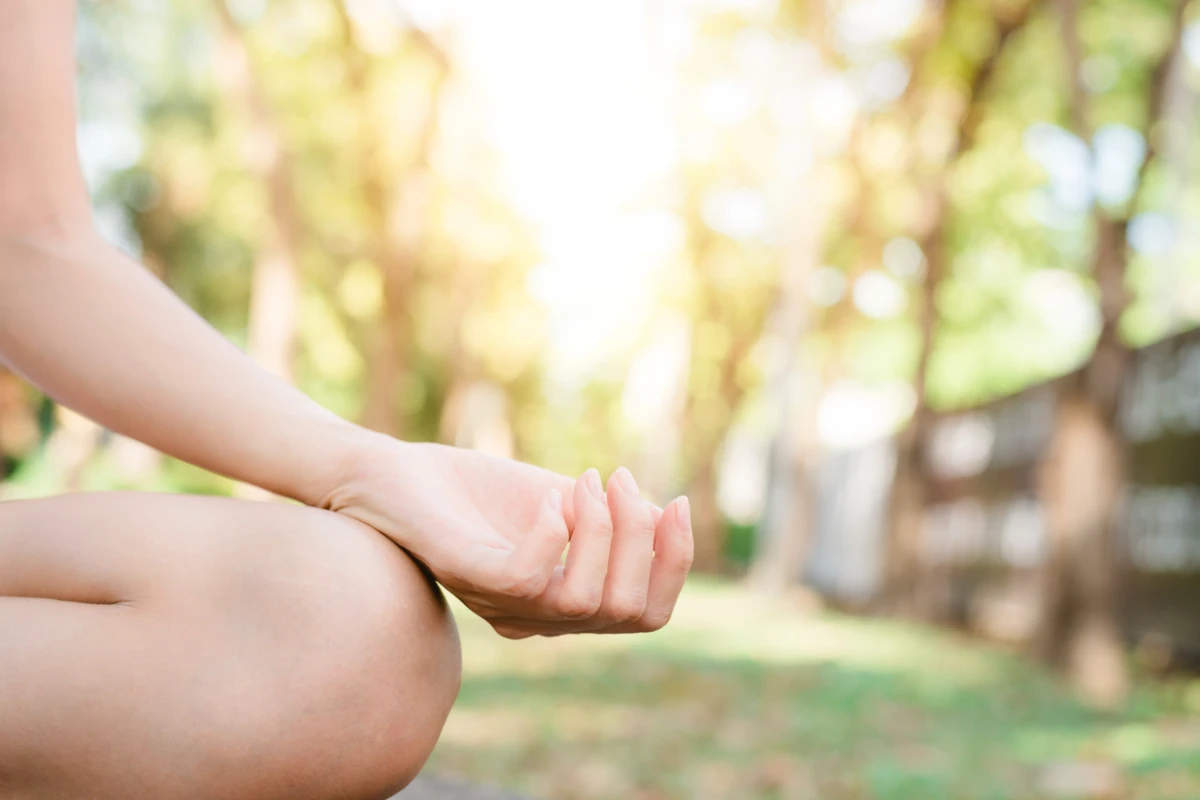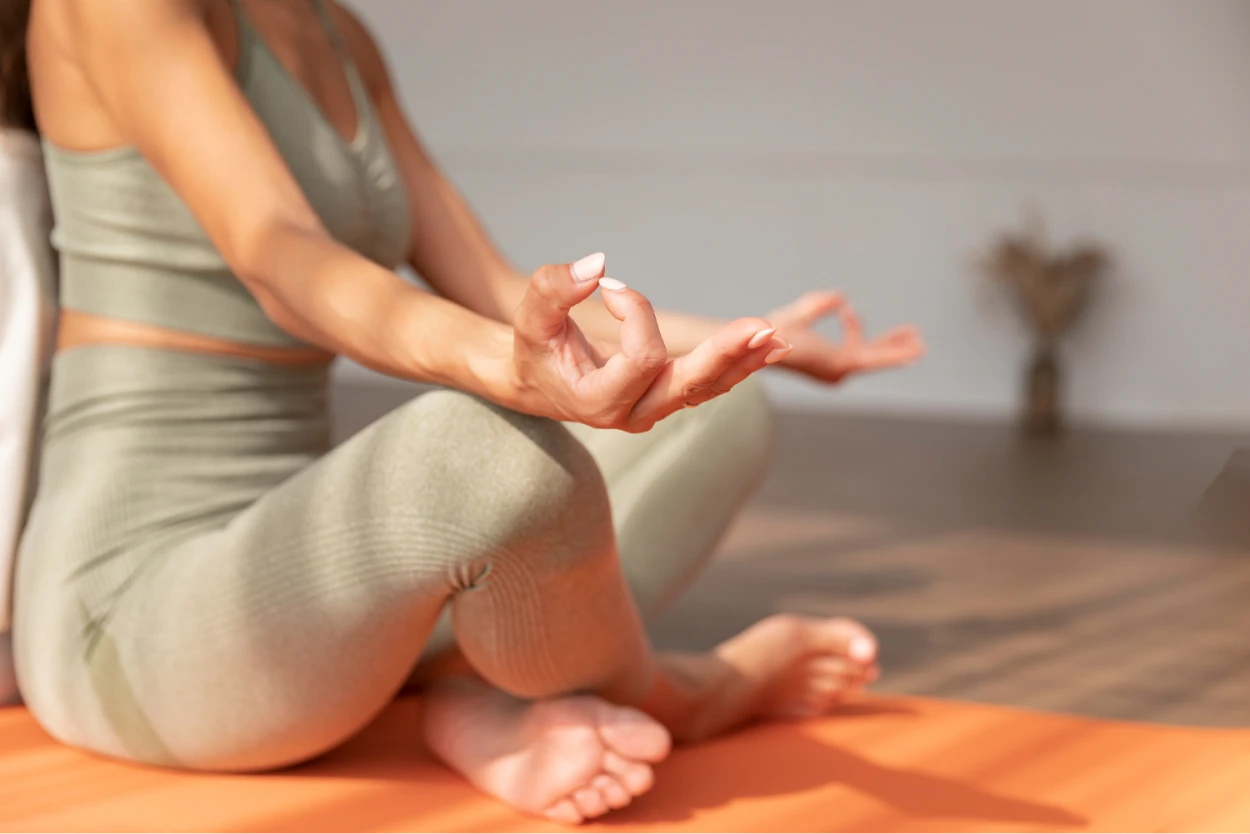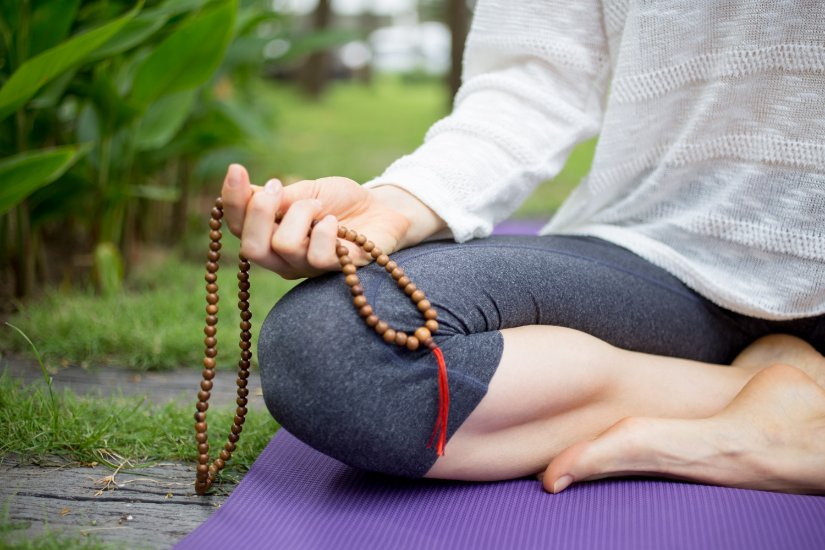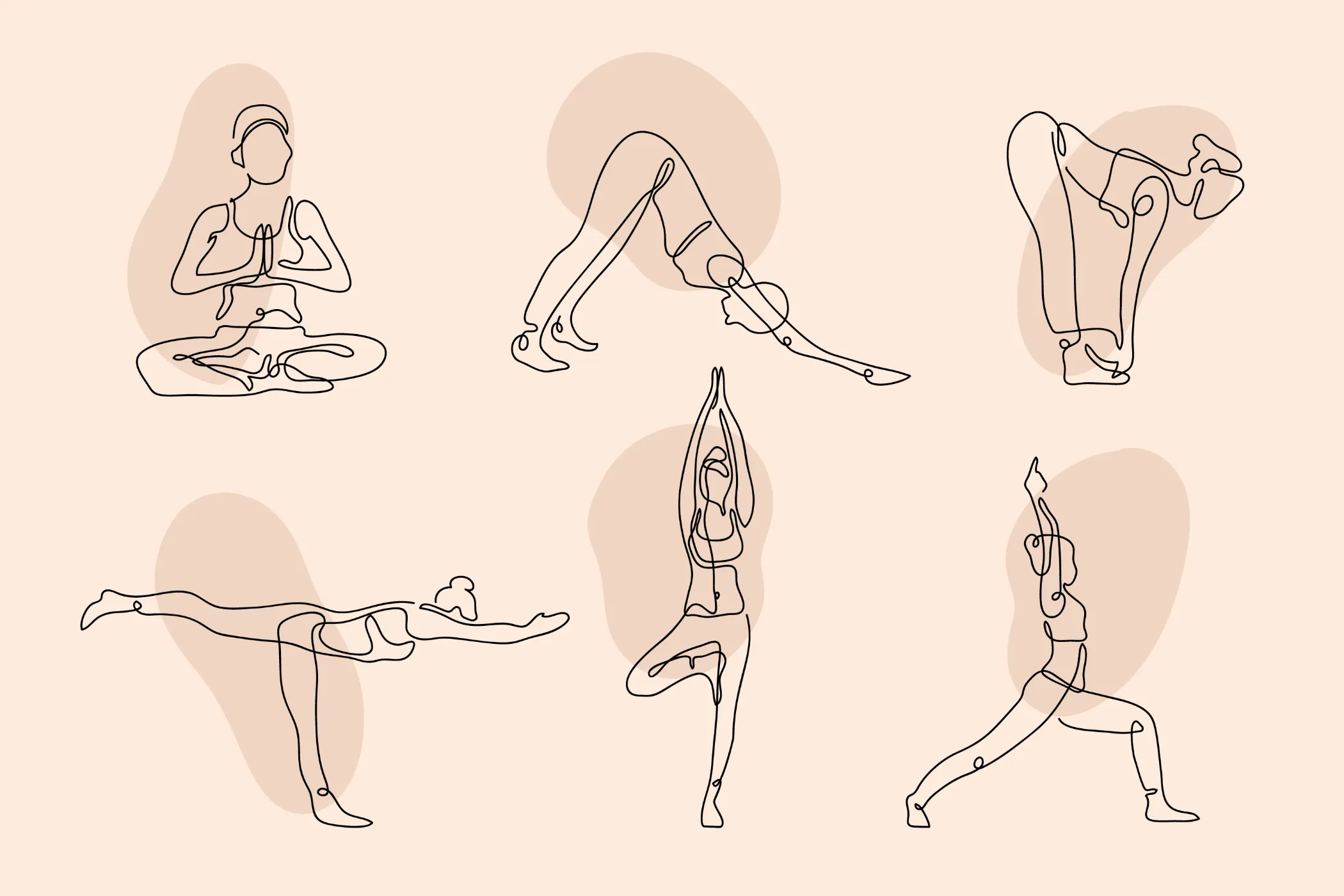The best sites to meditate at home
Meditating at home allows you to be in a safe and comforting space.

Meditation is an increasingly popular practice that offers numerous benefits for physical, mental, and emotional well-being. Although many prefer to meditate in a quiet and serene environment outside the home, it is not always possible to find the right time or place to practice. This is why meditating at home has become a popular option for those who wish to cultivate a consistent practice. In this article, we will explore the best places to meditate at home and how to create conducive spaces for meditation in your own home.
How to Choose the Perfect Place to Meditate at Home
Before searching for the ideal place to meditate at home, it is important to consider some key factors:
- The level of privacy you want during your practice.
- The amount of space you have available.
- The amount of natural light you can take advantage of.
- Your personal preferences in terms of location and atmosphere.
Once you have considered these factors, you will be ready to select your meditation space.
Factors to Consider When Selecting Your Meditation Space
When choosing your meditation space, keep the following in mind:
- Choose a quiet place where you can minimize distractions.
- Ensure it is a clean and tidy space.
- Consider the comfort of the place, such as the possibility of having a cushion or a meditation mat.
- If possible, choose a place with good ventilation and air circulation.
Benefits of Having a Dedicated Meditation Space
Having a dedicated meditation space at home can provide you with numerous benefits:
- It helps you establish a regular meditation routine by having a designated place to practice.
- Creates an environment conducive to focusing and relaxing more easily during meditation.
- Allows you to escape from distractions and noise from the rest of the house.
- Provides a sense of calm and serenity when entering your meditation space.
In addition to these benefits, it is interesting to highlight that the choice of the perfect place to meditate at home can also depend on your preferred meditation style. For example, if you practice moving meditation, you may want a larger space where you can move freely. On the other hand, if you prefer seated meditation, you may look for a cozy and comfortable place where you can sit for long periods.
Another aspect to consider is the connection with nature. If you are lucky enough to have a garden or a balcony, you can create your outdoor meditation space, surrounded by plants and flowers. This will allow you to enjoy the additional benefits of nature, such as fresh air and the relaxing sounds of birds and the wind.
Creating a Calm and Serene Environment
Once you have selected your meditation space, it is important to create a calm and serene environment that helps you be in tune with your practice. Here are some essential elements for your meditation space:
Essential Elements for Your Meditation Space
- Place a meditation mat or a comfortable cushion on the floor to sit on.
- Decorate your space with elements that inspire you, such as candles, incense, or inspirational images.
- Ensure you have enough lighting, whether natural or artificial, to create a soft and relaxing atmosphere.
- Consider incorporating plants or natural elements to connect with nature and promote a sense of calm.
Additionally, it is advisable to include elements that stimulate your senses, such as a gentle water fountain for the ear, or aromatic essences that help relax the mind and body. These details can enhance your meditation experience and immerse you even more in a state of inner peace.
Tips for Maintaining Tranquility in Your Space
To maintain tranquility in your meditation space, consider the following tips:
- Set clear boundaries with other members of your household to avoid interruptions during your practice.
- If possible, choose a time of day when there are fewer distractions at home.
- Ensure your space is clean and tidy to create a sense of calm.
- Turn off electronic devices or silence notifications to avoid distractions.
Remember that consistency in the practice of meditation and in the care of your sacred space is essential to cultivate an atmosphere conducive to introspection and emotional well-being. Enjoy your moment of connection with yourself!
Transforming Different Areas of Your Home into Meditation Spaces
In addition to having a space dedicated exclusively to meditation, you can also transform different areas of your home into suitable places to practice. Meditation is a practice that can be done anywhere you feel comfortable and calm. Below, we present two additional options to convert into meditation spaces:
Turning Your Garden into a Meditation Oasis
If you are lucky enough to have a garden, you can take advantage of it to create an outdoor meditation oasis. Here are some tips to transform it:
- Select a quiet corner in your garden where you can place a meditation mat or a comfortable chair.
- Ensure the area is surrounded by plants and flowers, creating a natural and relaxing environment.
- Place a nearby water fountain to generate a soft and relaxing sound that helps you concentrate.
- Decorate the space with elements such as stones, incense, or statues that inspire calm and serenity.
Creating a Meditation Corner in Your Kitchen
Although it may seem surprising, you can also turn your kitchen into a meditation corner. Here are some ideas to achieve it:
- Choose a quiet corner of your kitchen where you can place a comfortable chair or a meditation mat.
- Ensure the area is clean and tidy, creating an environment conducive to concentration.
- Use elements such as aromatic candles or essential oils to create a relaxing atmosphere and stimulate your senses.
- Decorate the space with paintings or photographs that convey peace and harmony.
Remember that meditation is a personal practice, and each person can find their own ideal space to practice it. Experiment with different areas of your home and discover which place brings you the most tranquility and serenity. Enjoy your journey towards inner calm!
Outdoor Meditation: Your Garden as a Space of Peace
If you are fortunate enough to have a garden or an outdoor space, you can take advantage of it as a place to meditate. Here are some tips:
Tips for Meditating Outdoors
- Find a quiet place in your garden where you can place your meditation mat or sit comfortably.
- Take advantage of the sounds and sensations of nature to connect more deeply with your practice.
- Use natural elements such as plants or water fountains to create a relaxing environment.
- Feel free to meditate barefoot to connect with the earth and nature.
Outdoor meditation is an ancient practice that allows us to connect with our natural surroundings and find inner peace. By breathing fresh air and listening to the birds' songs, we can immerse ourselves in a state of calm and serenity that helps us release the stress and anxiety of daily life.
Creating a Meditation Space on Your Balcony or Terrace
Even if you don't have a garden, you can use your balcony or terrace as an outdoor meditation space. Here's how to do it:
- Place a meditation mat or a comfortable chair on your balcony or terrace.
- Ensure you have enough privacy using curtains or plant walls.
- Take advantage of the views and sounds of the environment to relax and concentrate.
- Decorate the space with plants or natural elements to feel connected with nature.
The terrace or balcony becomes a haven of tranquility amidst the urban hustle, allowing us to disconnect from the city's noise and connect with our deepest essence. The gentle breeze caressing our face and the sun touching our skin invite us to enter a state of meditation and contemplation, where we can find peace and inner harmony.
Overcoming the Challenges of Meditating at Home
While meditating at home has many benefits, it can also present some challenges that are important to consider.
How to Handle Distractions During Meditation
It is common for distractions to arise when meditating at home, but there are strategies you can use to overcome them:
- Use earplugs or headphones with relaxing music to block external noise.
- Choose a time of day when there is less activity in your home.
- If you find it difficult to find privacy, consider using an eye mask to block some light and visual distractions.
- Remember that distractions are part of the practice, and instead of fighting them, accept them and gently return to your focus.
Additionally, it is important to create an environment conducive to meditation in your home. You can decorate your meditation space with elements that inspire tranquility, such as aromatic candles, plants, or images that convey peace and serenity. You can also use incense or essential oils to create a relaxing atmosphere and stimulate your senses during meditation.
Maintaining Consistency in Your Home Meditation Practice
It is important to maintain consistency in your home meditation practice to obtain the maximum benefits. Here are some strategies:
- Set a regular schedule for meditating and try to stick to it.
- Use visual reminders, such as notes stuck in your meditation space, to remind you it's time to meditate.
- Incorporate meditation into your daily routine, for example, upon waking or before going to sleep.
- Remember that every meditation session counts, even if it is short or you don't seem as focused as you would like.
Additionally, you can experiment with different meditation techniques to keep your practice fresh and stimulating. Try guided meditation, moving meditation, or mantra meditation. Explore different approaches and discover which one best suits your needs and preferences.










